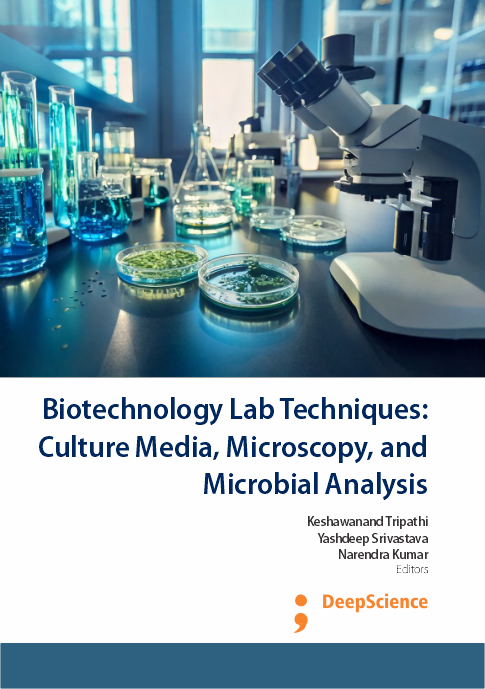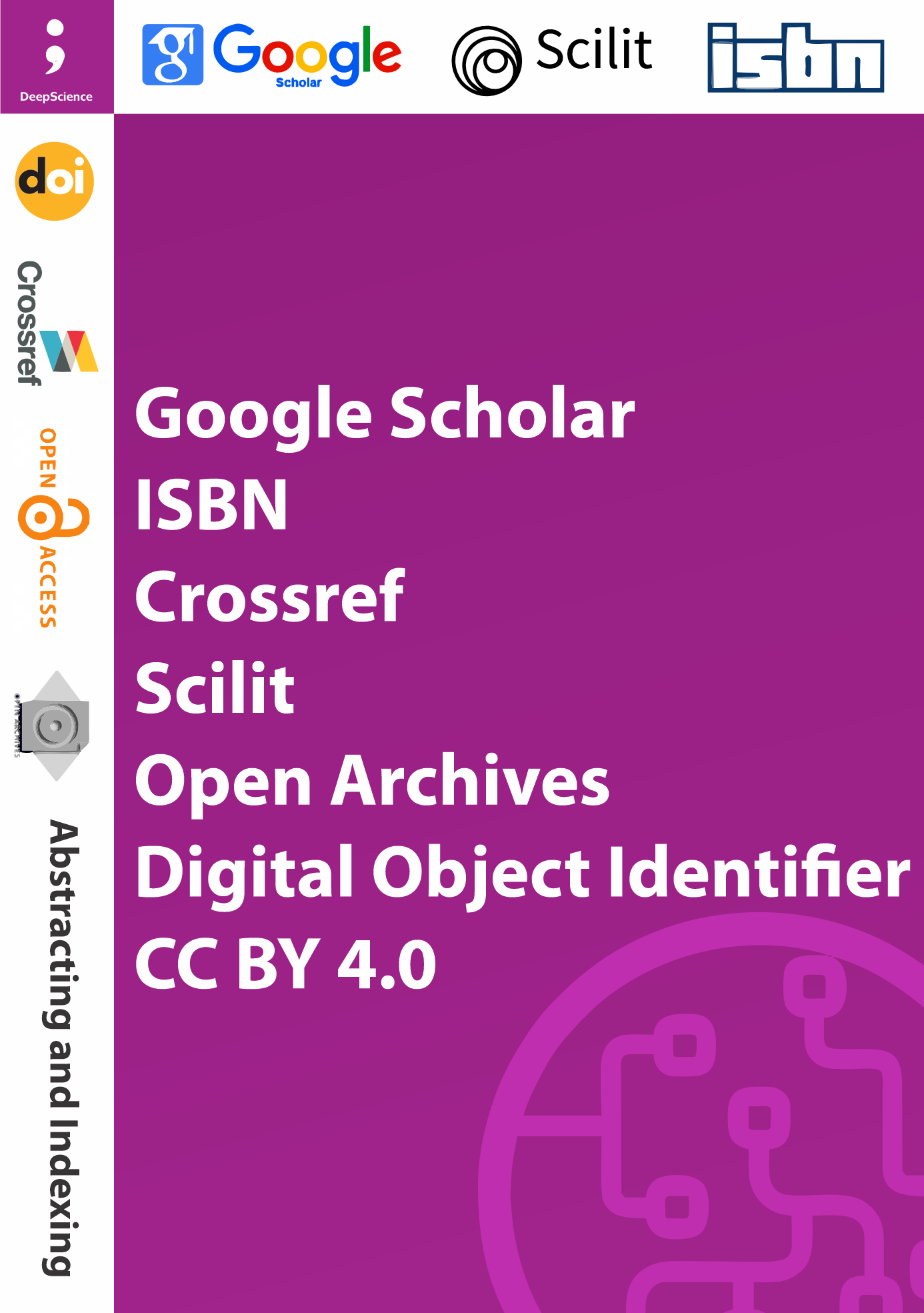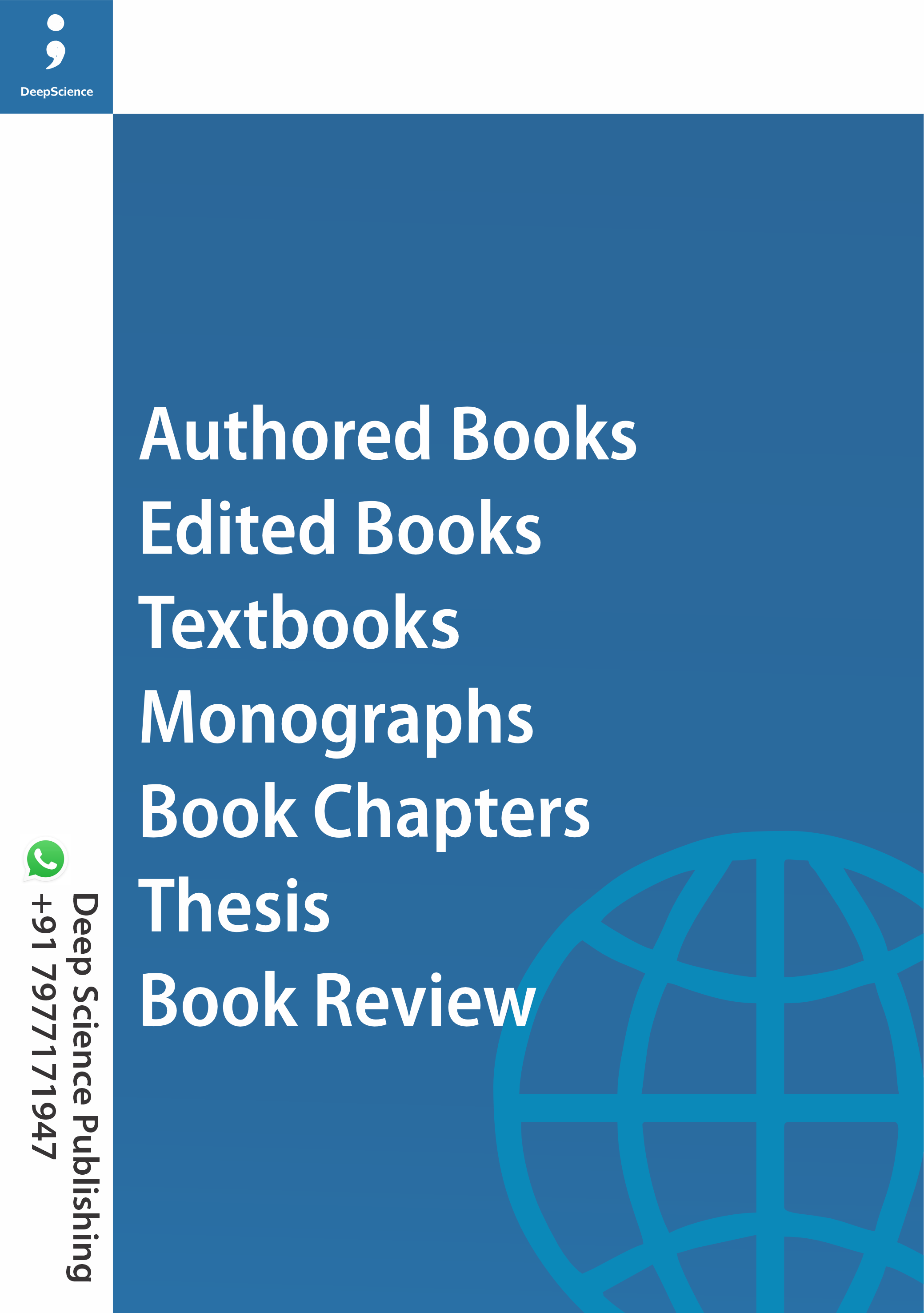Trizol-based RNA extraction: Principles, protocol, and applications in molecular biology
Synopsis
Isolation of RNA from biological samples is a crucial step in molecular biology research, enabling the study of gene expression, RNA processing, and regulatory mechanisms. Among the various methods available for RNA extraction, the Trizol reagent-based protocol has emerged as a widely used and highly effective approach (Sambrook and Russell, 2001). Trizol reagent facilitates the simultaneous isolation of RNA, or DNA or proteins from a single sample, making it particularly advantageous for streamlined molecular analyses. Trizol is a monophasic reagent composed of phenol mixed with guanidine isothiocyanate (GITC), designed to disrupt cells and denature macromolecules, facilitating their separation based on density. When added to biological samples, Trizol efficiently solubilizes cellular components, including RNA, by inactivating ribonucleases (RNases) and forming a stable aqueous phase containing RNA (Srivastava et al., 2022). The versatility and reliability of Trizol-based RNA isolation have made it a cornerstone technique in molecular biology laboratories worldwide. Its compatibility with various sample types, including tissues, cells, and bodily fluids, further its utility in diverse research areas ranging from basic science to clinical diagnostics (Brown, 2010). Moreover, the scalability of the Trizol protocol enables efficient extraction of RNA from small to large sample volumes, accommodating the needs of different experimental designs (Wilson, and Walker, 2010; Rio et al 2010; Tripathi et al.,2013a;b).














